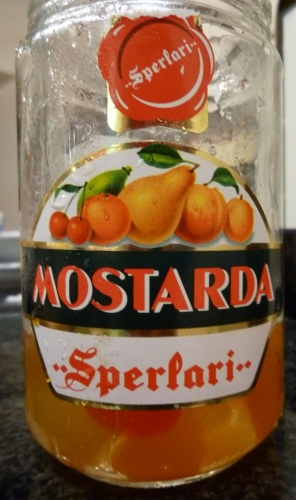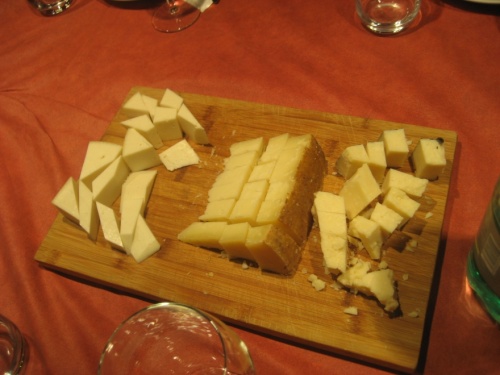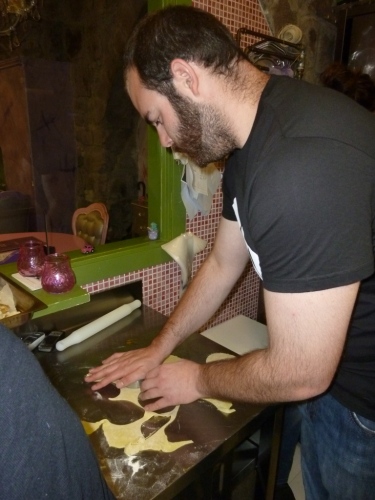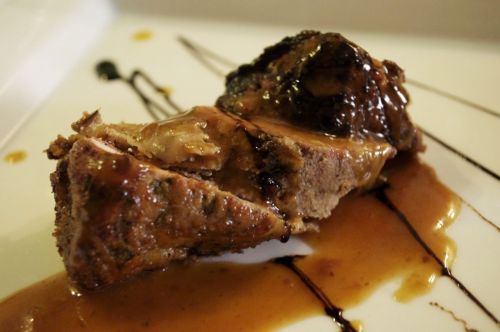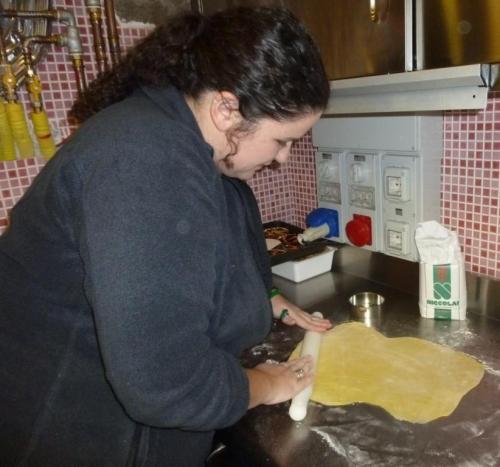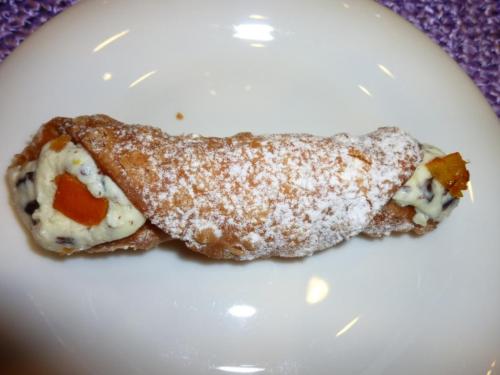By Casey Hines
For our last Italian Cuisine class, the foods were focused to the Northern part of Italy. The dishes are primarily from Piemonte, with a couple from the regions neighbor to the east, Lombardia.
For our antipasto, we had Bresaola. This antipasto is a common dish of both regions. Bresaola is an air-dried fillet of beef that is a specialty of the Valtellina (Lombardia) that should always be served very thinly sliced. It has become immensely popular; especially when served the way that we had it over rucola served with shards of grana padana (or can be with parmigiano-reggiano). We also topped it off with a sprinkling of olive oil, lemon juice, and salt.
Moving onto our primo, we moved into the region of Piemonte with a sausage risotto. Risotto is a silky combination of several ingredients. We began by softening the onion and garlic in olive oil then cooking the sausage. Traditionally in the north, they use butter rather olive oil in most of their cooking. After the meat was browned we added the rice and stirred with the mixture in oil to break down the hard outside. This breakdown is essential for obtaining the silky consistency of a good risotto. We added white wine then began to add chicken stock ladle by ladle, all the while stirring constantly. This dish was perfect for the winter time. When it contains something like sausage or chicken, it makes for quite a hearty dish.
The texture is interesting because the rice remains al dente, so it is a little bit stiff, yet it is creamy from the breakdown of the outside of the rice and the liquid of the wine and stock that was added. The richness of the dish is also typical to the northern regions that often have a French influence.
For our secondo, we had Brasato al Barolo, another dish of Piemonte. This is a dish of a roast marinated in wine and vegetables then seared and simmered in the wine with vegetables for four hours. After the meat was done, we reduced the wine over a flame then used a hand blender to make a sort of gravy with no flour to serve over the beef. This way of cooking the beef resulted in very tender, flavorful slices. Because the flavor was so intense, in was paired nicely with basic polenta. The reason we paired it with polenta rather than pasta is again because we were cooking from the north. There are lots of areas that were originally poorer here and polenta was a very cheap way to make meals more filling. Though these areas are some of the wealthiest areas of present-day Italy, this dish is still commonly found in regions like Piemonte and Lombardia. I especially liked this dish because it is heartier than many of the meals that I have encountered in the Lazio region, which are often a lot of pasta and very little meat. (Note from Christina – this is a secondo so not just a sauce for pasta)
Before moving onto our dolce, we took a pit stop with formaggio from both regions. Two cheeses that were very good with crackers were the dolce (a slightly sweet version that is golden yellow) and picante (a sharper version that is golden) gorgonzola that was originally from Lombardia, but is now also produced in Piemonte in Novara. These cheeses both had very robust flavors, but in my opinion, were not very distinct and very much like other blue cheeses that I have had previously.
We had grana panama again- solo this time. Grana Pandana is the Lombard’s version of parmigiano-reggiano and more fine versions can be found in Lodi and Cremona. This was my favorite cheese of the night as it is a little bit aged with flavor that fills your mouth but is not too overwhelming. Lastly we had another cheese a Toma from Piemonte that is white in color with a golden crust. We paired it with Mostarda, a quite unique food from Cremona. It is fruit preserved in syrup that gains quite a kick from a healthy jolt of mustard-seed, and is one of the standard condiments served with boiled meats in northern Italy. It started with a little bit of a kick, reminiscent of wasabi, but does not continue to burn and is a good way to cleanse the palate before moving onto our dolce.
For the end of our meal we had two classic Christmas cakes and pears cooked in wine. Pan d’Oro from Verona (region: Veneto) is a traditional Italian sweet yeast bread, most popular around Christmas and New Year. It is traditionally shaped like an 8 pointed-starsection and is often served dusted with vanillascented icing sugarmade to resemble the snowy peaks of the Italian Alps during Christmas. Panettone from Milano is a classic yeast cake of Milano (the Lombardia region), with egg, saffron, raisins, and sometimes candied fruit. It is usually available year round but is a Christmas cake and is consumed with sparkling wine during the holidays. Both of these cakes are very light, more like bread to me than of what I consider “cake.” They are a good way to finish of a big meal because they are so light and give just enough flavors for a sweet finish.
The pears cooked in wine, or pere cotte al vino, is a dish of firm pears that are pealed then cooked slowly in Barolo (we actually used a light red Bardolino). We also added sugar, cinnamon sticks, and lemon peel for flavor. After the pears were done cooking, we also reduced the wine to make thick syrup to pour over the pears (which was also very good with the cakes). The pears were very soft and sweet, even though we did not use a sweet wine.
This was probably the best complete measl that I have had in Italy! I really enjoyed the tastes of the north that I have not gotten a chance to experience. It was also interesting to me that everywhere I have been, olive oil is a huge part of Italian cuisine but does not seem to be the case in the north where they tend to use more butter or lard. Hopefully, one day I will be able to travel there and try even more dishes.






